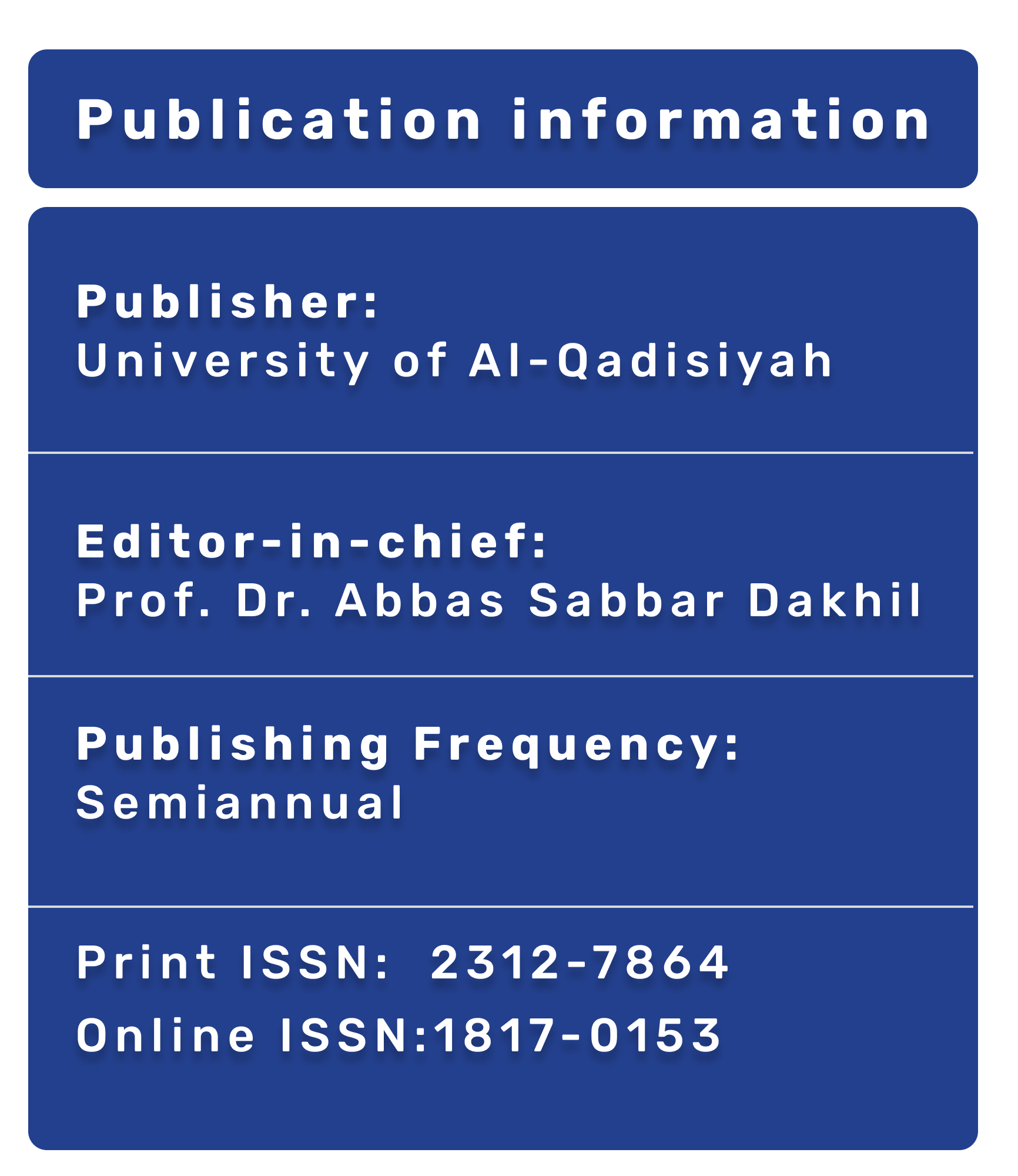Comparison between dome and wedge osteotomy in management of hallux valgus deformity
DOI:
https://doi.org/10.28922/qmj.2016.12.22.49-58Keywords:
Hallux valgus, osteotomy, dome, wedge.Abstract
Background: the condition of hallux valgus is considered as the most common deformities affecting females more than males, characteristically manifested as lateral deviation of the big toe and widening of first and second inter -metatarsal angle with a deformity of second toe in some severe cases.Objective: to make a radiological and clinical assessment of two surgical methods of osteotomy used in treatment of hallux valgu and to compare between them: first one is the distal dome osteotomy, and second one is a distal wedge metatarsal osteotomy. Patients and methods: a total of 36 feet of 28 patients suffer from hallux valgus, with mean age of 50.3 years were included in this study, followed for 6- 30 months ( mean follow-up of 8.8 months). Nineteen feet treated by dome osteotomy and seventeen feet treated by wedge osteotomy. All the cases were evaluated by the american orthopedics foot and ankle society (aofas) score, also, through the hallux valgus angle and intermetatarsal angle, both before and after surgery. Results: by dome osteotomy, the preoperative mean result of aofas score was about 45.7, with hallux valgus angle (hva) of 33.2o and intermetatarsal angle (IMA) of 11.7º. Postoperatively, the mean result of AOFAS score was 82.8, with HVA of 14.3º and IMA of 7º, with about 94.7% satisfactory results. In the other hand, the method of wedge osteotomy showed a preoperative mean result for AOFAS score of 45.2, with HVA of 34º and IMA of 12.8º , compared with postoperative mean result of AOFAS score of about 80.7, with HVA of 15.8º and IMA of 7.7º, with about 82.8 % satisfactory results.
Conclusions: the two methods of osteotomy were used with very good outcome in radiological and clinical treatment of hallux valgus.








